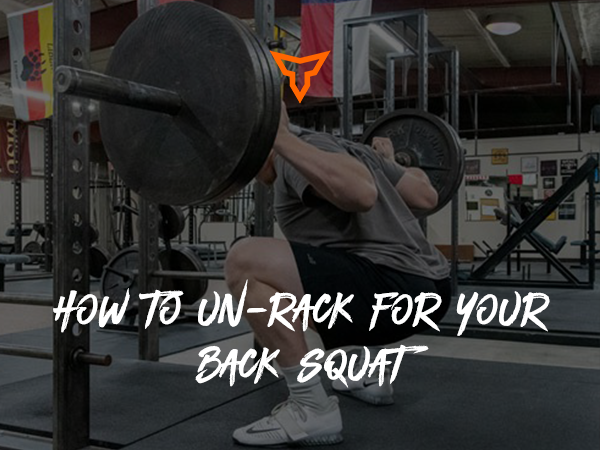When I was a strength and conditioning intern at California University of Pennsylvania, I read a long article about the dangers of the different types of shoes that people wear. Obvious shoes made the list including high heels or tight dress shoes, but the article also discussed how most modern shoes are causing problems with feet, back and even hips. The article went on to detail the benefits of not wearing any shoes at all or at the very least switching over to "minimalist" shoes. After reading it, I immediately switched the type of shoe that I wore the majority of the day and swore that when I became a coach that I would implement a "no shoes" policy.
I’ve been the strength and conditioning coach at Canon McMillan School District for over four years now and the "no shoes" policy has been in place successfully since day one.
The main reason I deem it important enough to implement a strict no shoes policy in the weight room is the types of shoes students wear on a regular basis. Most shoes have a huge cushion foundation that resembles walking on a pillow. This cushion-like foundation helps create an unstable surface. Don’t believe me? Take a look at some of the basketball shoes with huge elevated surfaces. When someone asks me if lifting without shoes really makes that big of a difference, I try to have them imagine the analogy of squatting a couple hundred pounds while standing on top of a bed versus squatting on a flat floor with the floor portion of the analogy being bare feet. Besides creating instability, the shoes also block any feedback that our feet would otherwise gain from being in contact with the ground when lifting barefoot.
Our feet have an enormous number of sensory receptors that are meant to gain information from being in contact with the ground. This information starts at the bottom of our feet and allows us to make proprioceptive decisions regarding our body in space, balance, and overall coordination. This means that balance improves the second the athlete removes his or her shoes. This also makes our feet and ankles stronger. Shoes add artificial support, and I can even argue that the support most shoes are supposedly adding is minimal at best. But let’s say that some shoes do actually add some support, that support it will still never compare to the support that strong feet and ankles can provide.
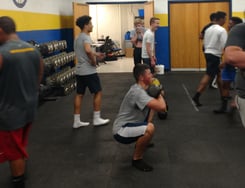
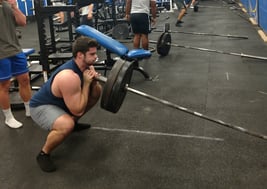
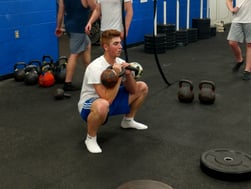
The on-field results since I have been at Canon Mac have been in favor of the "no shoes" policy. I have been here for over four years, but our team of athletic trainers have been here for a lot longer than that. I communicate with them on everything we do and they have reported back that ankle and foot problems have been down across all teams. Don’t forget that with strong feet and ankles the knees are safer as well. Obviously, I can’t contribute every success to solely being attributed to this specific policy but I believe 4+ years is a significant amount of time to judge the success of the policy. However, the success of the policy has not only been on the field but also in the weight room. Athletes learn movements such as the squat and hinge faster without weight room shoes.
I would recommend that other strength coaches implement this policy but I caution that you have to know your setting and your clientele. I have been very fortunate at Canon Mac. I have great relationships with the sport coaches and the administrators of the school. The students are also open to trying new things and have put their trust in me that I have their best interest in mind. I am always hesitant to give off the impression that anything in this field is one size fits all but I would highly recommend at least considering this policy. I also want to make aware that we do wear shoes for any outdoor activities as the hard surface is something that someone would have to build up to. We also allow an athlete with a foot, toe, or ankle injury to wear shoes when necessary until the injury is healed.
I want to wrap this up by saying that lifting barefoot is a policy that I will continue to implement here at Canon Mac and anywhere else I am, when possible. I also feel the need to address the old “what about if a weight drops on their toe?” question. Well, unfortunately through my years of weightlifting I have personally experienced dropping a weight on my toes both with shoes on and off and I can personally tell you there was no difference. They both sucked. Please let me know if you implement this policy. I would love to hear how it is going for you or even if you choose not to implement it let me know why! Thanks for reading. 
Subscribe to our blog
Subscribe to receive the latest blog posts to your inbox every week.
Related posts
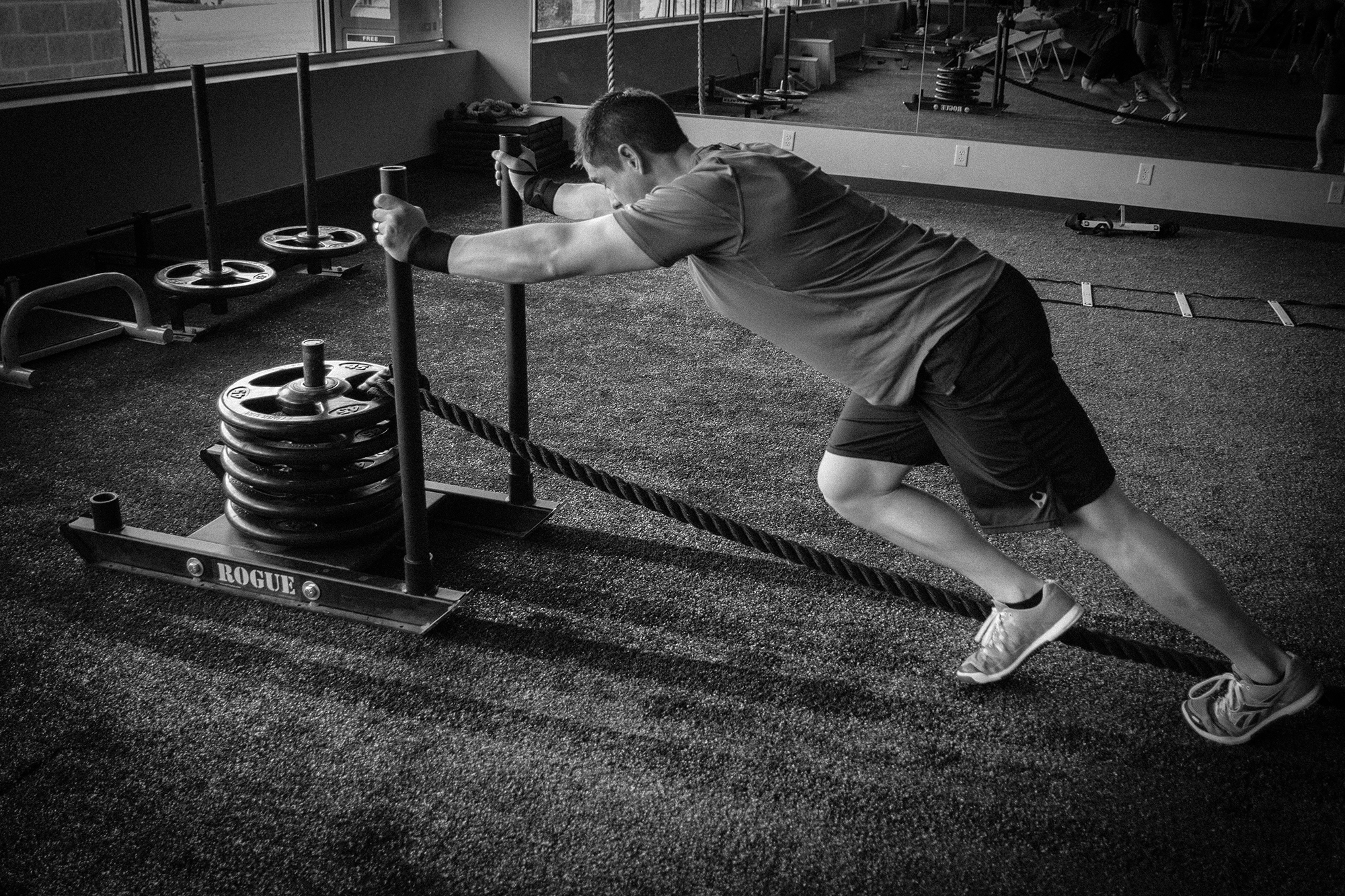
If You’re Going Through Hell, Keep Going! (A Strength Coach Story)

The Best $1,000 I Have Ever Spent
